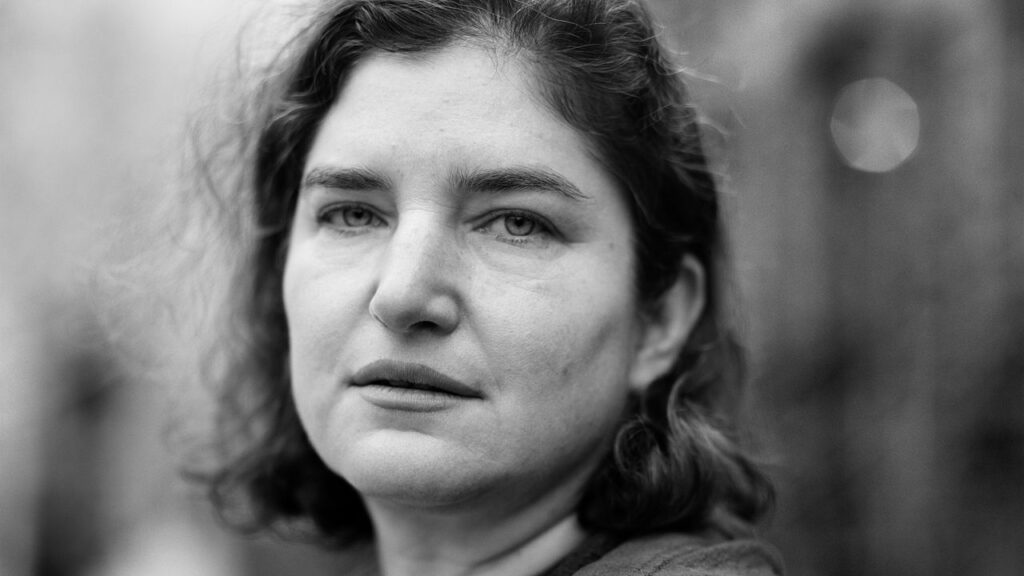Everyone’s a critic, they say. But most people aren’t filing on Tuesdays. For the writers pictured here, engaging with culture isn’t a hobby or a sideline or a way of sounding off. It’s a vocation, in the fullest sense, complete with deadlines and word counts and occasional moments of grace. These writers attend not only to what something is but to what it almost is, or might have been; they’re drawn to work that puts up a fight even if it finally taps out.
Paying attention—really paying attention—is their stock-in-trade. That’s harder than it sounds. They linger. They poke. They turn things over like a suspect avocado. Some of these writers produce criticism, in its traditional form. Others report, profile, annotate the culture as it drifts by. Many do all of the above, sometimes in the same piece. They cover books, feature films, pop concerts, art exhibitions, documentaries, perfume launches, gospel albums, piano recitals, TV shows, courtroom antics, memes. What they don’t do is march in step. Some incline toward Olympian detachment, others missionary zeal. If they share anything, it’s a disposition: curious, alert, unsatisfied with the obvious, and mistrustful of what goes without saying. They want to know both how something works and what it’s doing to us.
Writing about culture requires more than a take. It calls for nerve, verve, a feel for sentences, and an instinct for what deserves scrutiny and what’s better left alone. It’s easy to skim culture, to riff, to slot things into trend pieces. It’s harder to look closely, think carefully, and say something illuminating. To name what hasn’t been named yet. To craft lines that echo in people’s heads, or get under their skin. To make judgments, yes, but also to make meaning. At their best, critics don’t just take the culture’s pulse. They quicken it.
This Portfolio, by the American photographer Richard Renaldi, offers a look at the people who do that looking. Here are writers whose appraisals you’ve trusted, resisted, cited, or cursed. Renaldi captured them using eight-by-ten-inch negatives and an old-school view camera, with bellows, ground-glass screen, tripod, the works. He hasn’t yet reached everyone on his list, but the portraits he’s made so far repay the sitting. “With those lenses, where you want it to be sharp it can be extremely sharp,” he says. “Where you want a blurry, soft background, it does that beautifully, too.” Naturally, the commission took him to Brooklyn. But also to Cambridge, Massachusetts, and Columbus, Ohio, along with London, Los Angeles, Chicago, New Haven, and the Eastern Shore of Maryland.
He didn’t rush the job. “When you spend three hours with someone, you can build a little intimacy,” Renaldi explains. “I hope that’s embedded in the picture in some way.” Some analytical distance may be embedded, as well: when you look at the camera’s ground glass to assess the composition, he notes, everything’s upside down and backward. Which may be how our critics prefer it. ♦
Disclaimer: This post is sourced from an external website via RSS feed. We do not claim ownership of the content and are not responsible for its accuracy or views. All rights belong to the original author or publisher. We are simply sharing it for informational purposes.
